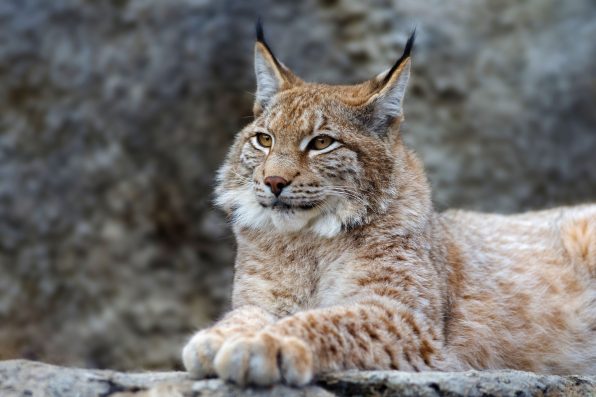The Canada Lynx Has Been Spotted In Vermont For The First Time Since 2018 After A Resident Captured Footage Of The Rare And Endangered Wildcat Walking Along A Road

For the first time since 2018, a rare and endangered wildcat called the Canada lynx has been spotted in Vermont. A local resident named Gary Shattuck recorded a video of the male cat walking along the side of a road in Rutland County.
“Canada lynx are endangered in Vermont and threatened nationally,” said Brehan Furfey, a wildlife biologist from the Vermont Fish and Wildlife Department. “That makes any verifiable lynx sighting in our state important. This newest sighting is especially exciting because the cat was spotted in Rutland County, far south of most confirmed lynx reports in Vermont.”
Usually, reports of lynx sightings to the department end up being a false alarm. Of 160 reports of lynx sightings since 2016, the department has only been able to confirm seven. There are so many false reports because lynx closely resemble bobcats, which are common in the area.
Both cats have short tails with black tips and black tufts of fur on their ears. However, lynxes have longer legs and larger feet.
In addition, their ear tufts are longer, and the tips of their tails are a solid black color. Meanwhile, the underside of bobcats’ tails are tipped with white.
Residents are encouraged to snap a photo or take a video of a possible lynx and send it to the Vermont Fish and Wildlife Department. It helps out biologists and reduces the chances of missing the appearance of a Canada lynx.
Shattuck caught sight of the lynx on a Saturday evening at around 6:30. The 73-year-old man had been driving not too far from his house when he noticed the feline walking in the same direction he was headed. He said that the animal looked malnourished and didn’t react at all when he pulled up next to it.
Wildlife biologists say that the lone male was likely just passing through the region, searching for new territory. Vermont is on the southernmost edge of the Canada lynx’s range.
The northeast corner of the state, known as the Northeast Kingdom, supports the best habitat, climate, and food sources for lynx in Vermont.

Sergey Skleznev – stock.adobe.com – illustrative purposes only, not the actual lynx
“Although this lynx appears to be on the thinner side, its calm behavior around passing cars, as reported by observers, is not unusual for a dispersing individual,” Furfey said.
“This lynx was probably just focused on finding food in an area where hares are not abundant and on avoiding competition with bobcats and fishers while passing through southern Vermont.”
Male lynx are about 33.5 inches in length and weigh between 26 and 30 pounds. On the other hand, female lynx are smaller, measuring roughly 32 inches long and weighing between 17 and 20 pounds.
Lynx are built for hunting snowshoe hares. Both species thrive in young forest habitats with snowpack. The wildcats live across the majority of Canada and Alaska.
Populations are also present in New Hampshire, Maine, northeastern Minnesota, northwestern Montana, northern Idaho, western Colorado, and north-central Washington.
Sign up for Chip Chick’s newsletter and get stories like this delivered to your inbox.
More About:Animals





